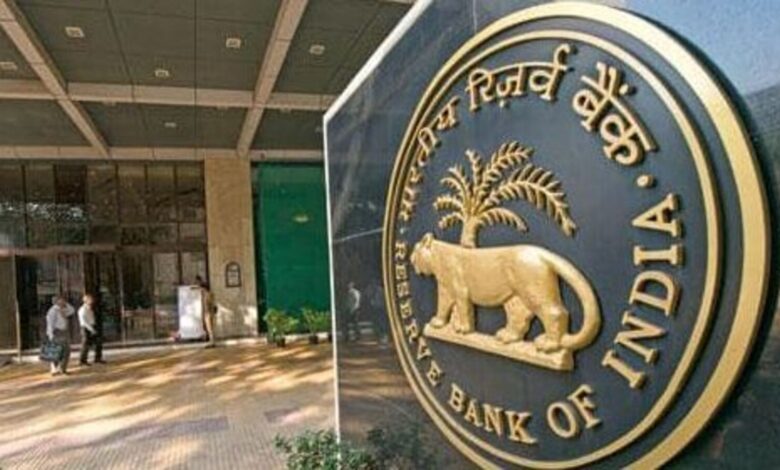Shifting dynamics: New RBI rule raises alarms among currency derivatives traders

Mumbai: A recent directive from the Reserve Bank of India (RBI) on exchange-traded currency derivatives has sent ripples of concern through the market. Brokers and proprietary traders fear that this regulation could effectively sound the death knell for the segment.
According to a 5 January RBI circular, starting 5 April, proprietary traders and retail investors will be required to demonstrate contracted or prospective currency exposure to participate in the currency derivatives segments provided by exchanges such as the NSE and the BSE.
Brokers and prop traders have been using the segment to punt on the dollar-rupee futures contracts since they were launched in 2008.
The significance of the dated circular is just starting to sink in with proprietary traders and brokers. They are apprehensive that this measure will drain out liquidity from the market, as retail participants and traders predominantly speculate on the direction of the dollar-rupee through these contracts. Until now, participants were not required to demonstrate contracted exposure.
“The user is allowed to take positions (long or short), without having to establish existence of underlying exposure, up to a single limit of $100 million equivalent across all currency pairs involving INR, put together, and combined across all recognized stock exchanges (NSE, BSE and MSEI offering contracts),” RBI said in the circular.
In the following paragraph, RBI added: “Recognized stock exchanges shall inform users that while they are not required to establish the existence of underlying exposure, they must ensure the existence of a valid underlying contracted exposure which has been not hedged using any other derivative contract and should be in a position to establish the same, if required.”
The note caused a stir among stakeholders as, up until now, neither underlying exposure nor contracted exposure was required to trade in currency derivatives of stock exchanges.
The maximum position limit for a non-bank trading member (broker) is $100 million across all contracts involving the Indian rupee across exchanges. Besides, for a client, the maximum position, or exposure, is 6% of all open positions, or $20 million, whichever is higher.
When clients are bullish the dollar, they initiate a long position on the dollar-rupee contract, and when bearish, they short a dollar-rupee contract. One contract is equal to $1,000.
“If this contracted exposure clause were to take effect, brokers will have to alert clients about it, as the onus will be on the broker to ensure the rule is not violated,” said Jay Prakash Gupta, national vice chairman-designate of Commodity Participants Association of India (CPAI).
“Effectively, this could drain liquidity out of the market, as nobody will want to fall foul of the rule.” For the past month, CPAI has been seeking clarifications from the Securities and Exchange Board of India (Sebi), and the exchanges, but has not received any response thus far, Gupta added.
However, other broker associations, such as BSE Brokers Forum, and Association of National Exchanges Members of India (ANMI), have not taken up the issue yet, he said.
An NSE spokesperson was not immediately available for comment.
Though all three exchanges offer currency derivatives trading, NSE leads with almost 99% share, according to Sebi data. Average daily volumes of currency derivatives on the NSE stood at ₹1.46 trillion for the current fiscal year, down by almost 6% from FY23.
In terms of participants, proprietary traders accounted for 62.3% of gross turnover, followed by retail investors (19%), others (8.3%), foreign portfolio investors, or FPIs (6.2%), corporates (3.9%), and domestic institutional investors, or DII, at 0.2%.
“Though it is important that markets do not run ahead of themselves, and regulators remain vigilant at all times, we must ensure we don’t reinforce people’s belief that we are a nanny state,” said Chirag M. Shah, counsel, securities law.
“You either have to establish or need not have to. You can’t have it both ways. Such ambiguity will deal a body blow to liquidity and volumes. It’s better to reduce the $100 million limit, which is acceptable or desirable. This attitude shakes the confidence of markets and increases disputes and litigation. RBI is a very well regarded institution, but it should stay true to that reputation. “
Exchange traded currency derivatives are jointly regulated by RBI and Sebi . Apart from the currency derivatives segment, exchanges offer equities cash and derivatives, interest rate derivatives and commodity derivatives.
Unlock a world of Benefits! From insightful newsletters to real-time stock tracking, breaking news and a personalized newsfeed – it’s all here, just a click away! Login Now!





